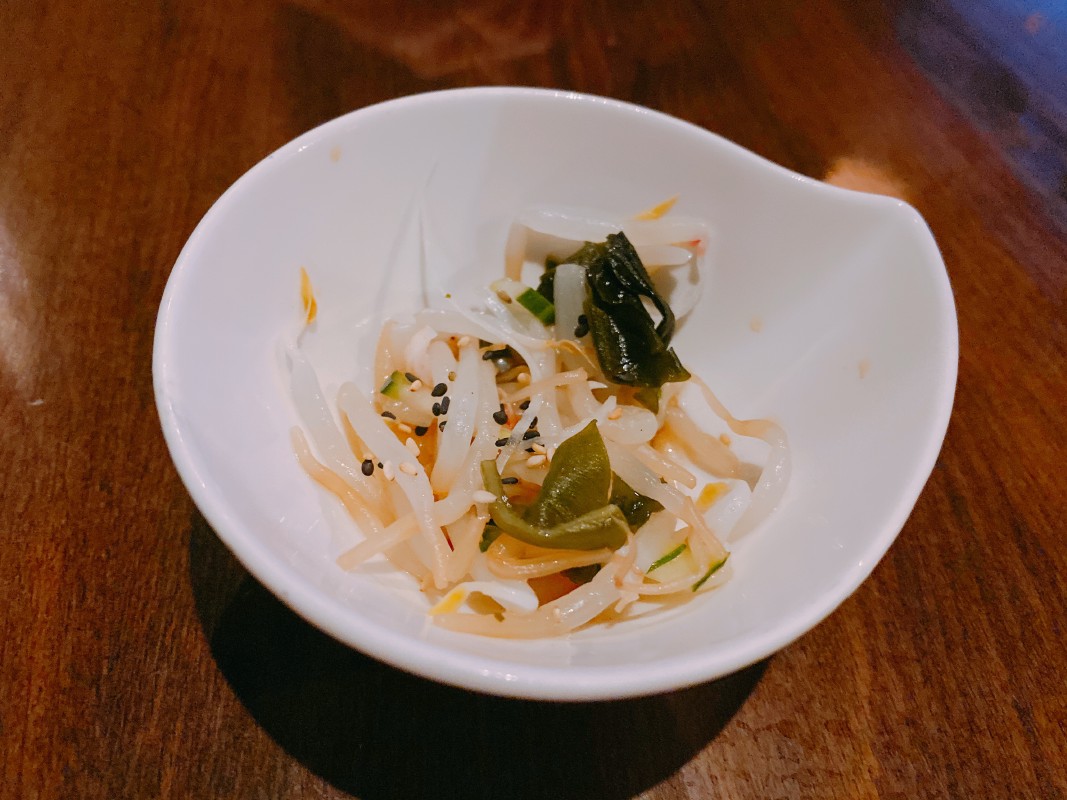

Dalby, a cultural anthropologist and author of "Geisha" and "Kimono: Fashioning Culture," pieced together Murasaki's life using Murasaki's diary, her poems and, of course, "The Tale of Genji," an enduring masterpiece about the romantic adventures of Heian heartthrob Prince Genji. We would like to introduce to the Chinese people the flavor and aroma of naturally brewed soy sauce created from the high level of brewing techniques that only Kikkoman is capable of, and to acquaint them with the subtle and unique flavors of Japanese cuisine.In "The Tale of Murasaki," (Doubleday, $24.95), published in May, the story of Murasaki's lovers, family, friends and life in the imperial court of Kyoto unfolds in a quiet stream of colors, tastes and historical details.

The Expo 2010 Shanghai China is a major international event and is considered a perfect opportunity to promote the Kikkoman Group's management philosophy of "international exchange of food culture." Further, demand for high value-added products in the market for soy sauce and other seasonings are expected to increase in China, where the economy is growing rapidly. Appreciating the profound historical significance of the word, and as a leading soy sauce producer, Kikkoman has named its restaurant MURASAKI to express our deep feelings towards customer hospitality, as well as a strong desire to introduce true Japanese cuisine. While the color purple has been associated with nobility in both Japan and China since ancient times, it was also popular during Japan's Edo period (1603-1868) as a color symbolic of the Edo style. It was first used by restaurants during the Meiji period (1868-1912) in reference to the clear reddish-purple color of soy sauce, and thereafter came to be used widely. In Japan, the word murasaki, meaning "purple," is sometimes used to refer to soy sauce. This is an unprecedented opportunity for three renowned Japanese restaurants to collaborate in presenting kaiseki - ryori, a project that has been specially planned to commemorate the Shanghai Expo, and one that can be enjoyed for only six months while the Expo is under way. The general manager of MURASAKI is food consultant Hitoshi Kakizawa, who formerly worked as executive chef at the Embassy of Japan in Washington, D.C. These include the restaurants Kikunoi, Tankuma Kitamise and Uosaburo.

Preparing the cuisine will be chefs invited from Japanese restaurants in Kyoto, recommended by the Japanese Culinary Academy. MURASAKI will present kaiseki - ryori, considered to be the ultimate form of Japanese cuisine. A large window in every private dining room will offer lovely views of a spacious neo-Japanese garden with a pond that sparkles with light filtering in through a bamboo hedge. The dining rooms will feature either table seating or horigotatsu-style seating. The restaurant will comprise five dining rooms, all of them private. The Japanese Restaurant MURASAKI will be located on the first floor of the Japan Industry Pavilion, and will be furnished in an innovative style appropriate to the Expo while at the same time reflecting the traditional Japanese style of architecture. Kikkoman Corporation will exhibit the Japanese Restaurant MURASAKI at the Japan Industry Pavilion during the Expo 2010 Shanghai China, which will be held from May 1 to October 31, 2010.Įxperienced chefs from three renowned Japanese restaurants will serve authentic kaiseki - ryori (traditional formal cuisine), making skillful use of fresh seasonal ingredients while receiving diners with the sincere hospitality for which Japan is known.


 0 kommentar(er)
0 kommentar(er)
